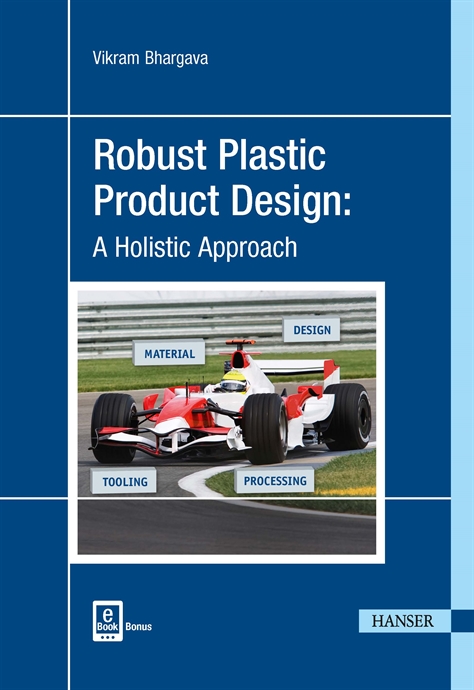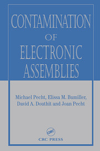When assembly equipment must be guarded, the best safety measure is one that provides the most protection with the least affect on normal machine operation. An operator who must constantly open and close "hard" guards to load and unload a machine will not be as productive as one who can focus solely on feeding parts. And that, says Kent Beall, product manager for optical safety products at Scientific Technologies Inc. (Fremont, CA), is why light curtains are good guarding devices. "Light curtains are ideal when you need to access the guarded area frequently with either material or personnel, and physical guards would be an impediment," he says. An elongated photoelectric sensor, a light curtain consists of two parts: a transmitter and a receiver, explains Gary Kovac, sales coordinator with Pinnacle Systems Inc. (Pittsburgh). The transmitter contains a series of LEDs that project an array of synchronized, parallel infrared light beams to the receiver. If an opaque object blocks any of the beams, the light curtain sends a stop signal to the guarded machine. Light curtains come in lengths of 4 to 96 inches. They can guard small areas, such as the access point of an insertion press, or they can enclose large areas, such as a robotic welding cell. The curtain’s range—the maximum distance between the transmitter and receiver—can vary from 1 to 240 feet. Mirrors can be used to bend the beams around corners. "A light curtain can protect a large area more cost-effectively than hard guards," says Ray Butler, corporate business manager for safety at Banner Engineering Corp. (Minneapolis). "You can’t put up 200 feet of chicken wire for the cost of a light curtain."
The curtain’s resolution—the smallest object it can sense—depends on what needs to be detected. A curtain with a resolution of 12 to 14 millimeters is used to detect fingers. A 30-millimeter resolution is the standard for hand detection, while a resolution of 100 to 300 millimeters is used to detect people. When installing light curtains, engineers should make sure that operators cannot reach the danger area without encountering a hard guard or being detected by the sensor. "The light curtain should be installed so that a person can’t reach over, under, around or through it to reach the hazard before the machine stops," says Butler. An important consideration is the stopping time of the machine, says Kovac. Indeed, light curtains should not be used to guard a machine that cannot stop at any point in its cycle. The light curtain must be mounted far enough away from the danger area so the machine can stop before an operator’s hand or other body part can reach the hazard. To find the minimum safe distance between the curtain and the hazard, multiply the stopping time of the machine by the speed of a person’s hand (typically 63 ips), and add a depth penetration factor based on the curtain’s resolution. For example, if a high-resolution light curtain is protecting a machine with a stopping time of 200 milliseconds, the device should be located no closer than 13.6 inches from the hazard (0.2 second x 63 ips + 1 inch). "With a low-resolution system, you might have to add 1 to 2 feet," says Butler. A useful feature in light curtains is the ability to disable one or more beams in the sensing field, a process called blanking. This allows objects, such as tooling or feed stock, to pass through the sensing field without sending a stop signal to the machine. In fixed blanking, a set number of beams at specific locations are disabled. In floating blanking, the curtain’s resolution is adjusted. The curtain is programmed to allow one or more beams to be interrupted at any location without sending a stop signal.


